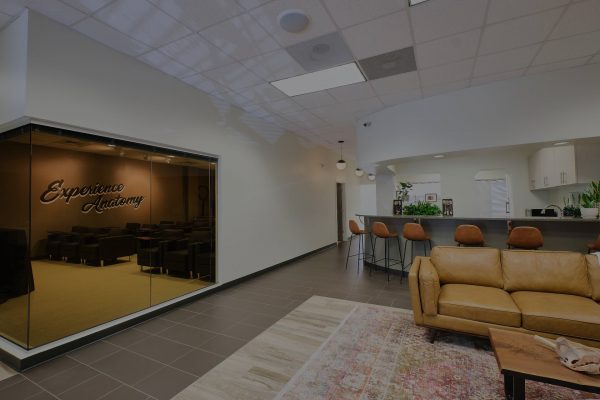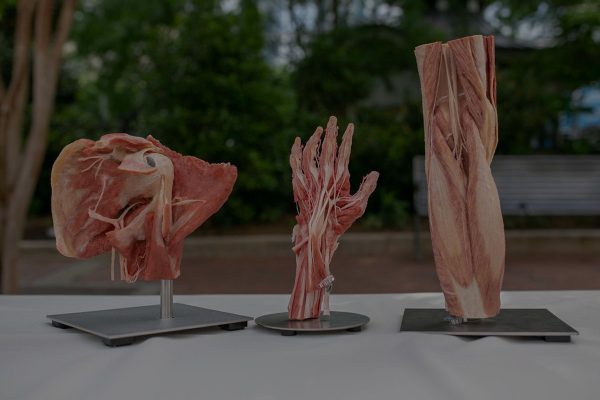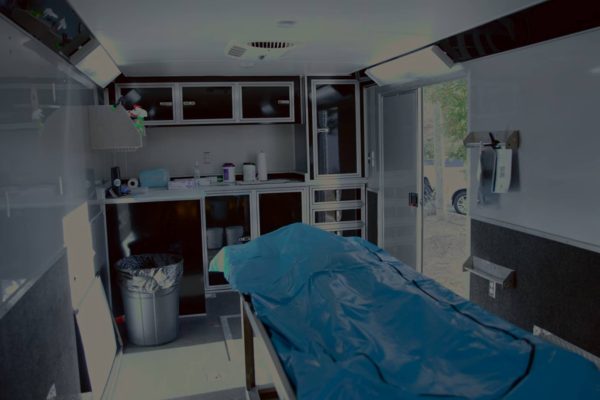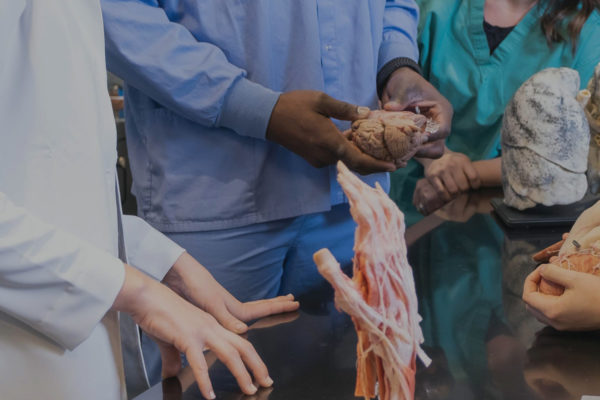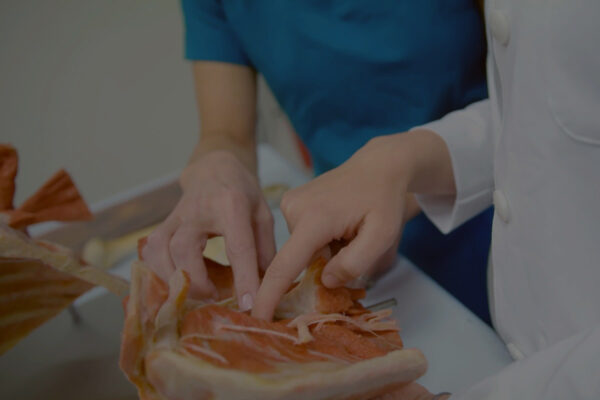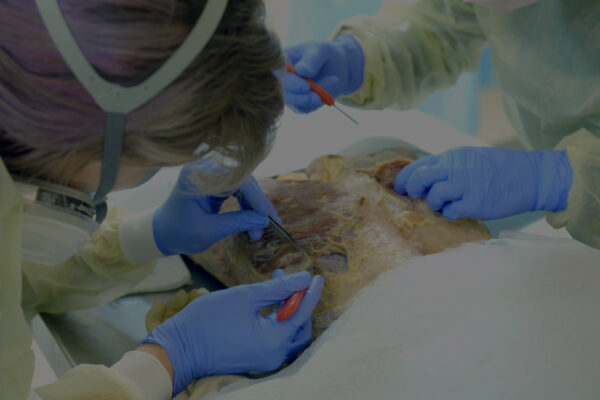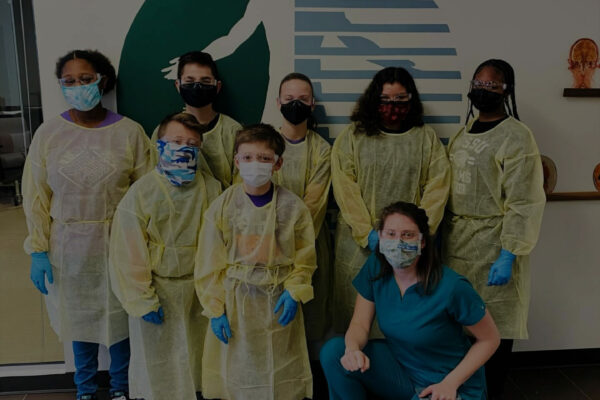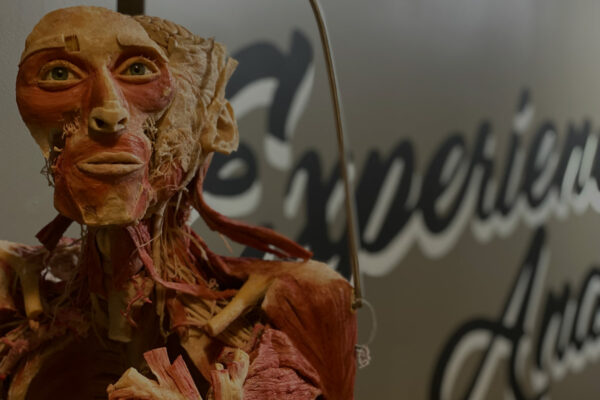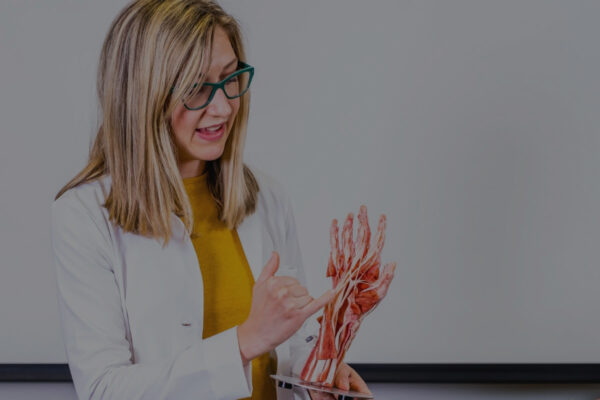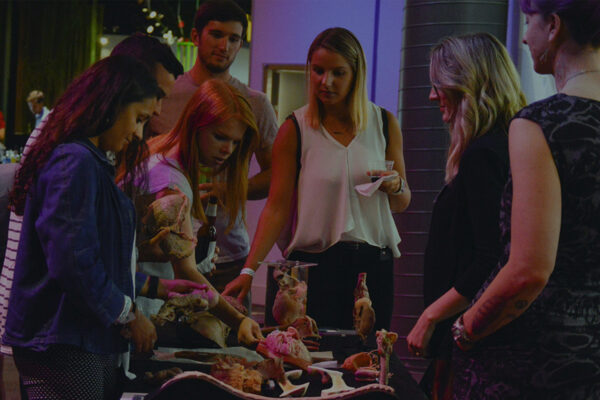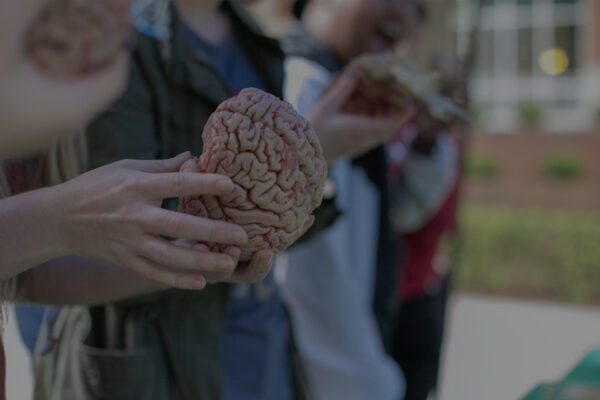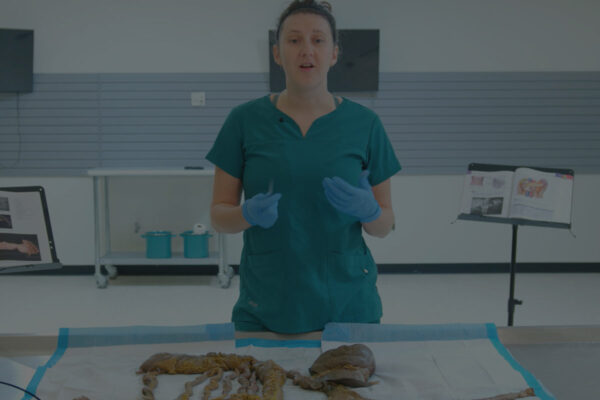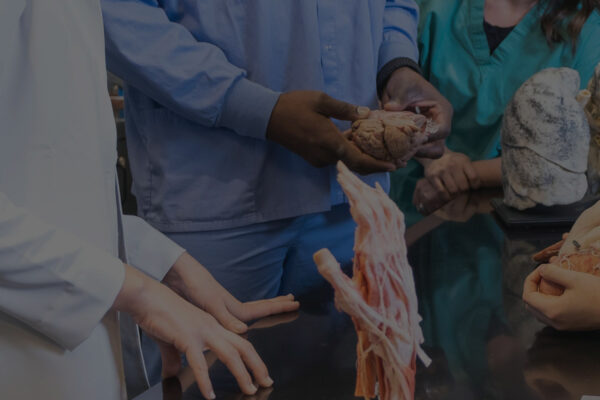The Elbow Joint is Made up of Three Bones
- Humerus (arm bone)
- Radius (thumb-side forearm bone)
- Ulna (pinky side forearm bone)
Elbow Joints
A joint, or articulation, is where two bones touch each other. Since three bones adjoin to form the elbow joint, there are three locations of articulation (touching). Therefore, anatomically speaking, the elbow joint is made up of three different joints.
- Humeroulnar joint – joins the humerus with the ulna
- Humeroradial joint – joins the humerus the radius
- Radioulnar joint – joins the radius with the ulna
Typically, when we think about the movement provided by the elbow, we think about flexion (bending) and extension (straightening). These motions allow us to itch our nose, reach up into a cabinet, pick up heavy weights and set them back down.
The ability to bend (flex) and straighten (extend) the elbow is facilitated by the humeroulnar joint. Because it only allows motion in two directions, the humeroulnar joint is classified as a hinge joint. (HINGE JOINT VIDEO)
The humeroradial and radioulnar joints in the elbow facilitate pronation and supination of the forearm. Pronation is the rotation of the arm to face the hand down as if to lay it palm down on a table. Supination is the rotation of the arm to face the hand up as if to accept a small item into your hand.
Both the humeroradial and radioulnar joints are classified as pivot joints because they facilitate rotation around a single axis. Watch for the uniaxial rotation (pronation & supination) of the radius in this video: (CADAVER ELBOW JOINT VIDEO)
Elbow Ligaments
Surrounding each articulation (touchpoint) between the bones are the ligaments – a connective tissue composed of strong collagen fibers. The main function of a ligament is to connect bones to other bones and provide support to that connection. Some ligaments look like thick string while others look like narrow or wide bands.
In the elbow we see 4 main ligaments:
- Ulnar (medial) collateral ligament – connects the ulna to the humerus on the inside of the elbow.
- Radial (lateral) collateral ligament – connects the radius to the humerus on the outside of the elbow.
- Annular ligament – forms a ring around the head of the radius anchoring it against the ulna.
- Quadrate ligament – connects the radius to the ulna along their shafts
Common Elbow Ligament Injuries
Radial head dislocation, commonly known as Nursemaid’s Elbow:
affects the annular ligament
- This injury affects the annular ligament and is most commonly seen in children. It is associated with high force trauma, in fact, simply swinging your child by the arms, as many parents do, is enough force to pop the radius out of the annular ligament that holds it in place. Radial head dislocation can also occur after a fracture of the radius. (RADIAL HEAD DISLOCATION VIDEO)
Ulnar collateral ligament tear commonly called Tommy John Injury
- This injury affects individuals who participate in throwing sports as the act of throwing a ball puts strain directly on the ulnar collateral ligament. Injury may occur as an acute tear or repetitive injuries may gradually stretch it out over time. (ULNAR COLLATERAL LIGAMENT VIDEO)
- Read more: What is Tommy John Surgery
- Radial collateral ligament tear
- This injury occurs most commonly from falling on an outstretched hand, placing force on the lateral side of the elbow. The ligament can sprain or tear depending on the severity of the fall.
Elbow Tendons & Muscles
The muscles that surround the elbow joint not only facilitate flexion/extension and pronation/supination but several muscles that act on the wrist and hand attach to the humerus at the elbow joint. These muscles live in the forearm and are broadly grouped as either an extensor or flexor – meaning they extend or flex the wrist and hand.
There are a total of nine muscles that form the flexor and extensor groups of the forearm. Because these forearm muscles attach to the humerus at the elbow joint, it is quite common for people to experience elbow pain due to overuse or strain of their forearm muscles.
Most colloquially called Tennis Elbow or Golfer’s Elbow there are actually a number of specific conditions that can cause pain at the elbow joint. It is important to understand the distinctions to properly treat the issue. (TENNIS & GOLFERS ELBOW VIDEO)
Read & Watch More: Orthopedic Anatomy Series: Hand, Wrist & Elbow
Some of the conditions affecting the tendons at the elbow are listed below. We can break down the word to understand the condition:
- Epicondylitis: -epicondyl refers to a bony prominence called an epicondyle (the location of attachment for the flexor and extensor groups of the forearm). -itis means inflammation. So, epicondylitis refers to inflammation around the bony prominence called the epicondyle.
- Tendinitis: -temdin refers to a tendon (attaches muscle to bone). -itis means inflammation. So, tendinins means inflammation to a tendon.
- Paratenonitis: -paratenon refers to the areolar tissue filling the space between a tendon and its sheath. So, paratenonitis means inflammation of superficial tendon structures.
- Tendonosis: -tendon refers to tendons (attaches muscle to bone). -osis refers to an abnormal or diseased condition. So, tendonosis means a tendon is abnormal or diseased simply from wear and tear over time.
Rachel Klaus has been building the academic programming offered by Experience Anatomy since 2019 by integrating her experience and knowledge of various anatomical resources to provide unique educational experiences.
Rachel received her MS in human anatomy from the University of Colorado School of Medicine where she had the opportunity to work on the Susan Potter Visible Human Project to help develop virtual anatomy resources. In her free time, she likes to recreate outdoors and continue to grow her plant collection.
